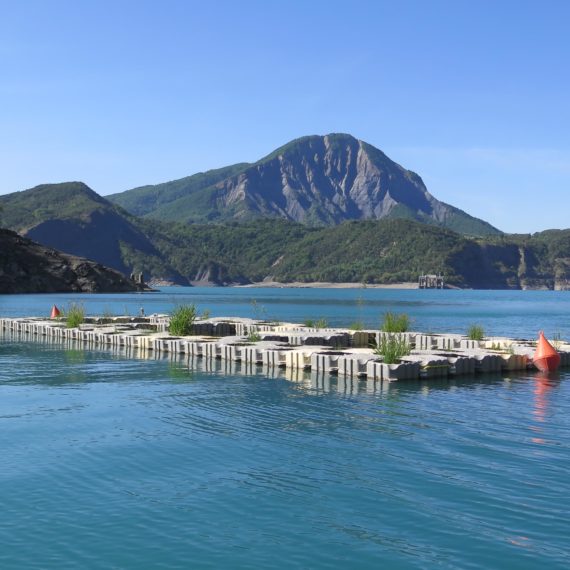Project ORREA (ongoing)
A wild fish nursery at the foot of the VEOLIA wastewater treatment plant in Toulon.
Since the creation of Amphitria (1997), regular ecological monitoring has shown a constant improvement in the marine environment conditions at this site. However, the decades of discharge before the creation of the water treatment plant have permanently altered the marine habitats, particularly the shallow coastal waters that naturally harbor nursery areas (0-20m).
In addition to the major efforts made by the SIRTTEMEU, TPM, and Veolia to reduce the environmental impact of the Amphitria plant, it is now essential to take action and provide solutions aimed at supporting and accelerating the ecological recovery of the receiving environment.
To this end, in partnership with Ecocean, Veolia is offering to launch an ambitious program to enrich the marine environment in collaboration with the local prud’homies, which consists of two main actions:
- The Biohut® installations on the Cap Sicié dyke and in the Saint-Mandrier port, allow the restoration of the elements that characterize a nursery: adapted habitat and food, residence time, and corridor towards adult habitats. These devices are fixed on the quays (Biohut® dock), suspended under the pontoons (Biohut® ponton), and installed on the dikes (Biohut®digue) to convert these places into habitats more conducive to the development of juvenile fish.
- The BioRestore® process is based on the fishing of post-larvae in the Bay of Sablettes by the first prudhomme of Saint-Mandrier with the help of specific light attractors (Care). The post-larvae grow-out phase is carried out for 4 to 6 months in a wet lab following non-domestication rearing procedures. Once, the juveniles have reached the “refuge size” are released on emancipation habitats® (temporarily submerged micro-habitat) around the Amphitria dike.




